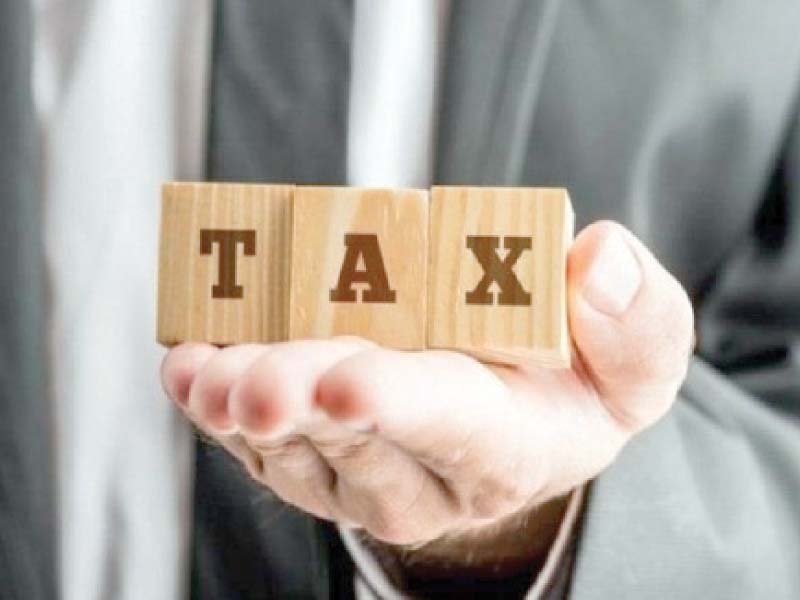
The tax proposals also included imposing 17% general sales tax (GST) at market prices on three-dozen more consumer goods while shifting away from calculating sales tax at factory prices, said sources in the Federal Board of Revenue (FBR).
These proposals, if implemented, are likely to adversely impact the disposable income of people, particularly the salaried class, which has been facing the brunt of double-digit inflation for the past two years.
Tobacco taxation
Sources said the FBR was considering increasing the federal excise duty (FED) by 24% or Rs400 on locally produced cigarettes if their on-pack printed retail price exceeded Rs5,965 per thousand cigarettes. The existing rate is Rs5,200 per thousand sticks, which Can be increased to Rs5,600.
However, it was considering reducing the FED by 7.7% or Rs400 on locally produced cigarettes if their on-pack printed retail price did not exceed Rs596 per thousand cigarettes. The existing FED is Rs1,650, which the FBR is considering slashing to Rs1,250 per thousand sticks - the level from which it was jacked up a year ago.
The purpose of reducing the duty on low-cost brands is to discourage tax evasion by small brands and enhance the share of dutiable sticks.
The tax collection on account of FED and sales tax from cigarette producers was Rs124 billion in the previous fiscal year, which is expected to go down to Rs116 billion by the end of this fiscal year.
The authorities claim that the revision in rates could increase tax receipts by Rs24 billion to Rs140 billion by the end of next fiscal year.
The notified minimum sale price of one pack of cigarette is Rs62.75 that could go up to Rs66 after the revision in rates.
However, still the smuggled brands are sold around Rs35 to Rs40 per pack, which is even below the notified prices. The market share of the informal sector is said to be 37%, which the FBR and the two multinational companies believe will go down after the revision in tax rates.
There was also a proposal to increase the tax on each filter rod, being used in cigarettes, from 75 paisa to Re1, said the sources.
Similarly, the government may also slap FED on e-cigarettes at the rate of 100% or Rs7,500 per 1,000 sticks, whichever is higher, in the next budget.
It had also a plan to increase taxes on unmanufactured tobacco from Rs10 per kg to Rs500 per kg, which it dropped under pressure from tobacco growers present in the National Assembly and Senate.
Salaried class
Sources said the government was also considering rationalising the income tax slabs for the salaried class without increasing the maximum 35% tax rate.
As against the existing 12 slabs starting from the annual income above Rs600,000 and carrying 5% tax to above Rs75 million carrying 35% tax, the FBR was considering halving the number of slabs. This would increase the tax liability of upper middle and higher income group people.
For instance, for the 11th slab of Rs50 million to Rs75 million in annual income, the tax rate is 32.5%. The FBR is considering two options, either to take this category of individuals to the highest tax rate or reduce the income threshold, which will increase the tax liability of the salaried persons. From Rs30 million to Rs50 million, the tax rate is 30%, from Rs12 million to Rs30 million, the rate is 27.5% and from Rs8 million to Rs12 million, the rate is 25%. From Rs5 million to Rs8 million, the rate is 22.5%, and from Rs3.5 million to Rs5 million, the rate is 20%.
Sales tax
Sources said the FBR was also considering expanding the list of items that were subject to 17% GST by considering market prices of goods instead of their factory rates.
The items that could be included in the Third Schedule of the Sales Tax Act are wearing apparels, imported garments, e-cigarettes, umbrellas, glass, mirrors, knives, watches, electronic locks, pianos, musical instruments, etc. The government may also increase withholding tax on retailers, other than the tier-I. As against the existing two slabs based on electricity bills, the government may introduce three slabs.
For monthly bills of up to Rs33,000, the rate is proposed to be set at 7.5% as against the current rate of 5%.
For Rs33,000 to Rs66,000 monthly bills, the proposed rate is 10% of the billed amount and for monthly bills of above Rs66,000, the rate is 15%. However, the possibility is that the government may keep the two slabs and increase the rates.
Similarly, on the income tax side, there is a proposal to charge 100% higher withholding tax if the industrial consumer having monthly electricity bill of more than Rs50,000 and commercial consumer having monthly bill of above Rs20,000, is not on the Active Taxpayers List.
The government is also considering bringing educational institutions under the scope of 100% higher withholding tax, if the fee is paid by persons who are not on the Active Taxpayers List. The move may generate an additional Rs4-billion revenue. The withholding tax on capital goods imports could be 1%, on imports of raw materials by industrialists 2% and imports of finished goods by commercial importers the rate could be 5.5%.
There is also a proposal to align the withholding tax rate on dividends with charging rates on dividends aimed at getting Rs7 billion in additional revenues.
Published in The Express Tribune, June 11th, 2020.
Like Business on Facebook, follow @TribuneBiz on Twitter to stay informed and join in the conversation.







































COMMENTS
Comments are moderated and generally will be posted if they are on-topic and not abusive.
For more information, please see our Comments FAQ